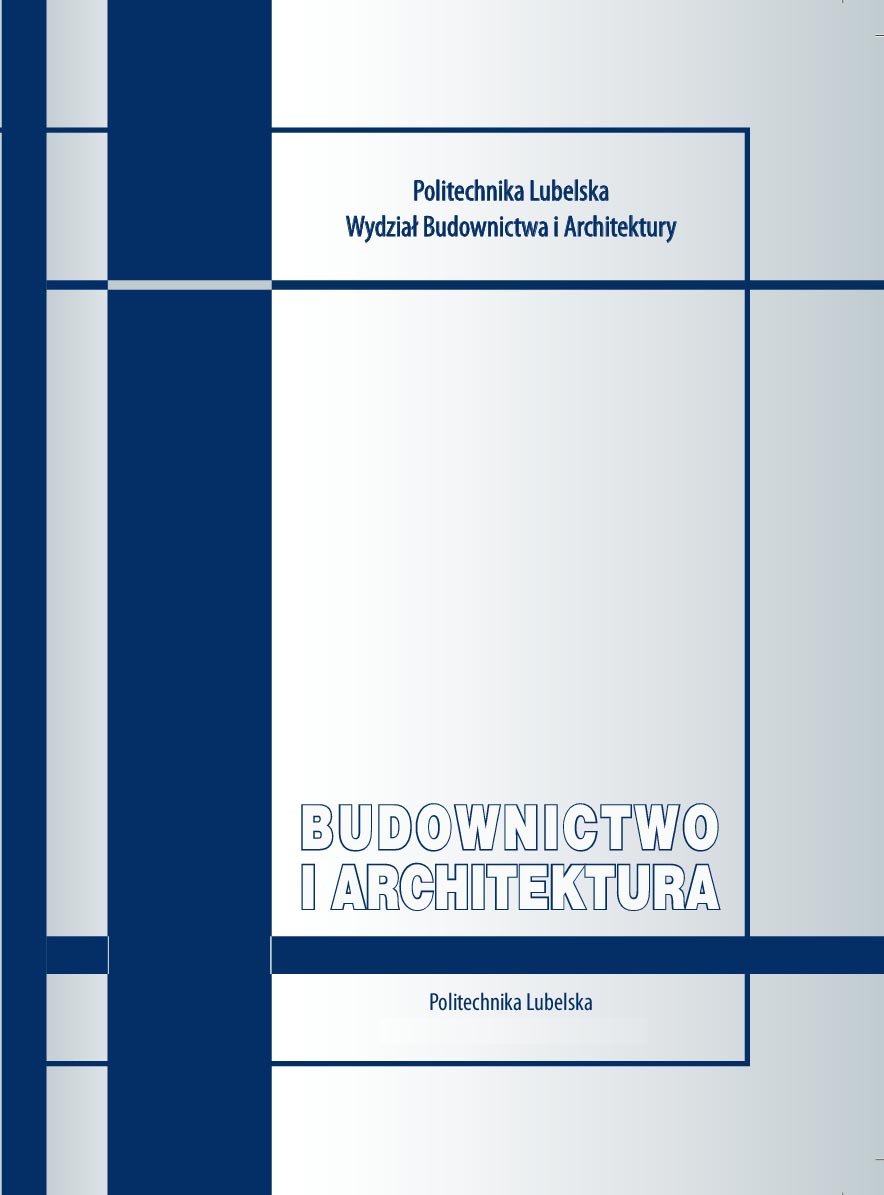Metody badań zapraw historycznych – problematyka konserwatorska
Mortar historical research methods – problems of restoration
Author(s): Beata KlimekSubject(s): Architecture, Geography, Regional studies
Published by: Biblioteka Politechniki Lubelskiej
Keywords: experimental method; evaluation of restoration materials; lime plasters; experimental techniques of materials
Summary/Abstract: Depending on various factors like time, increasing air pollution due to technological improvements of the present era together with insufficiency of inspection leads to the formation of damages on these buildings which are part of our historical heritage. Conservation of such buildings which are as important as historical documents should be the first and foremost target of any project. Plaster used in former time are a valuable source of information of building techniques used in the past. They are of interest to technologists and archaeologists, who use plasters as an additional criterion for establishing the chronology of the construction of walling in historic buildings. In accordance with the purpose of the investigations, appropriate analytical methods of a defined precision and specially chosen program are applied.The first dimension of the current problem is the insufficiency of resources while the second dimension stems from the lack of proper evaluation of the material to be used in conservation and restoration. This study defines the importance of mortars and plasters along with their history and the reasons of deterioration. In addition, it sets up the information flow of mortar and plaster within a systematic decision making process. The necessary experimental methods for the production of new repair mortar or plaster that can be used in determining the character analysis of original mortar and deterioration morphology are also analyzed.The necessity has been emphasized for the introduction of investigation standards to be universally binding, which would make it possible to compare the results of investigations carried out in different laboratories. The practice has been for analytical programs adopted and parameters measured to be individually chosen by the particular investigators and cannot be compare.
Journal: Budownictwo i Architektura
- Issue Year: 14/2015
- Issue No: 2
- Page Range: 063-069
- Page Count: 8
- Language: Polish

